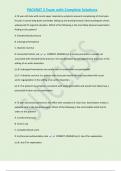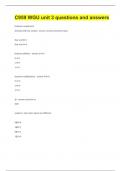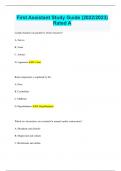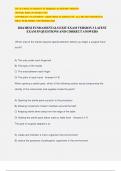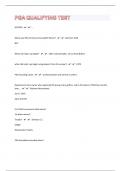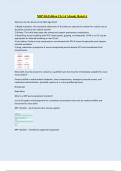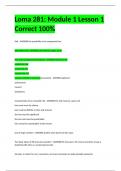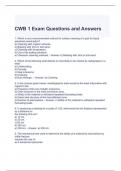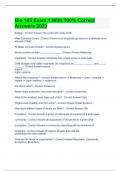Exam (elaborations)
PACKRAT 2 Exam with Complete Solutions
- Course
- Institution
PACKRAT 2 Exam with Complete Solutions A 23 year-old male with recent upper respiratory symptoms presents complaining of chest pain. His pain is worse lying down and better sitting up and leaning forward. Electrocardiogram shows widespread ST segment elevation. Which of the following is the mo...
[Show more]
